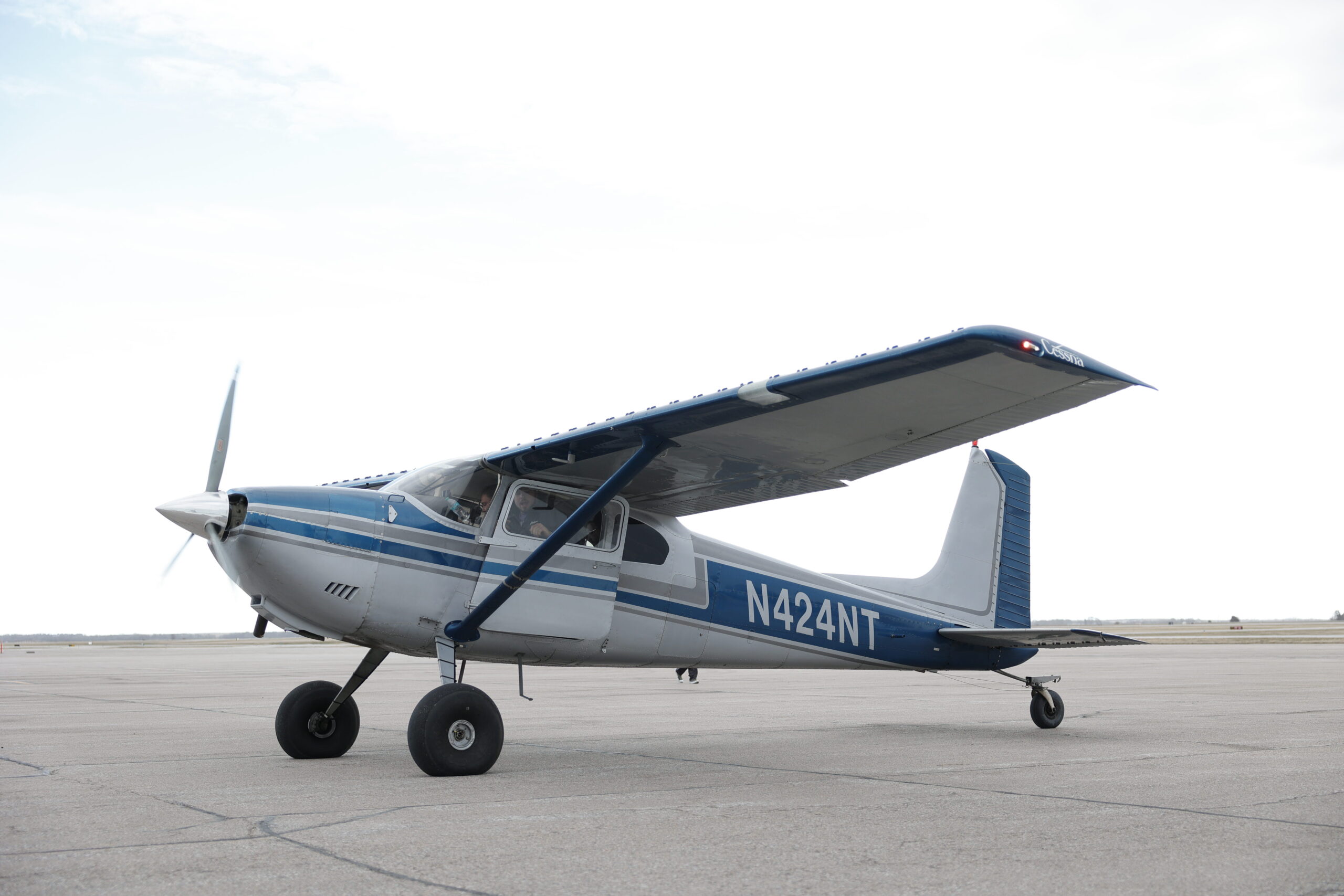
Another big count in the books on Tuesday, the 25th! 705,000 +/- 193,000 Sandhill Cranes within the Central Platte River Valley (CPRV) between Chapman and Overton, NE. Still very high numbers for this far into the season! However, because we have accumulated these large numbers across the river there are many birds just waiting for the right conditions to move on up North. Yesterday through Friday look to have very favorable winds for migration so we will see a decrease in numbers on our next flight.
These large numbers the last two weeks are likely the result of the delayed start to migration this year. If you recall week 3, back in February only had 50,000 cranes, which was below average for recent years. It is very normal for cranes to pack into eastern sections of the river in these first few weeks and peak earlier in the season while the western sections of the river are delayed comparatively and peak later in the season. This year because of the slow start to migration the peaks of the east and the west were closer together in time meaning there was less of a plateau and more of a true peak in crane numbers. Some may ask if the record numbers mean the population boomed last breeding season. The midcontinental population of Sandhill Cranes (the population that migrates through the CPRV) is increasing but our surveys do not directly capture that increase as the increase is seen more in long term trends within our data rather than year to year. The large numbers we’ve seen are more about timing of the migration rather than direct yearly increases in the overall population size.
Whooping Cranes have been utilizing the river valley almost every day in the past weeks. Most of the Whooping Cranes we’ve seen stop here for a night and move on the next day. This is very typical behavior as Whooping Cranes use the Platte as a stopover rather than a staging area. Think of a stopover as a roadside motel and a fast food meal on a road trip, still necessary but used to rest and refuel for the night, moving on in the morning. Staging areas are more like stopping at a relative’s house on the way to your final destination, still resting and refueling but staying longer to socialize, reconnect, and preparing for the remainder of the trip with a hearty
meal.
March is coming to an end but we still have 3-4 more surveys before we conclude the 2025 spring crane migration!
Till next time,
Bethany
